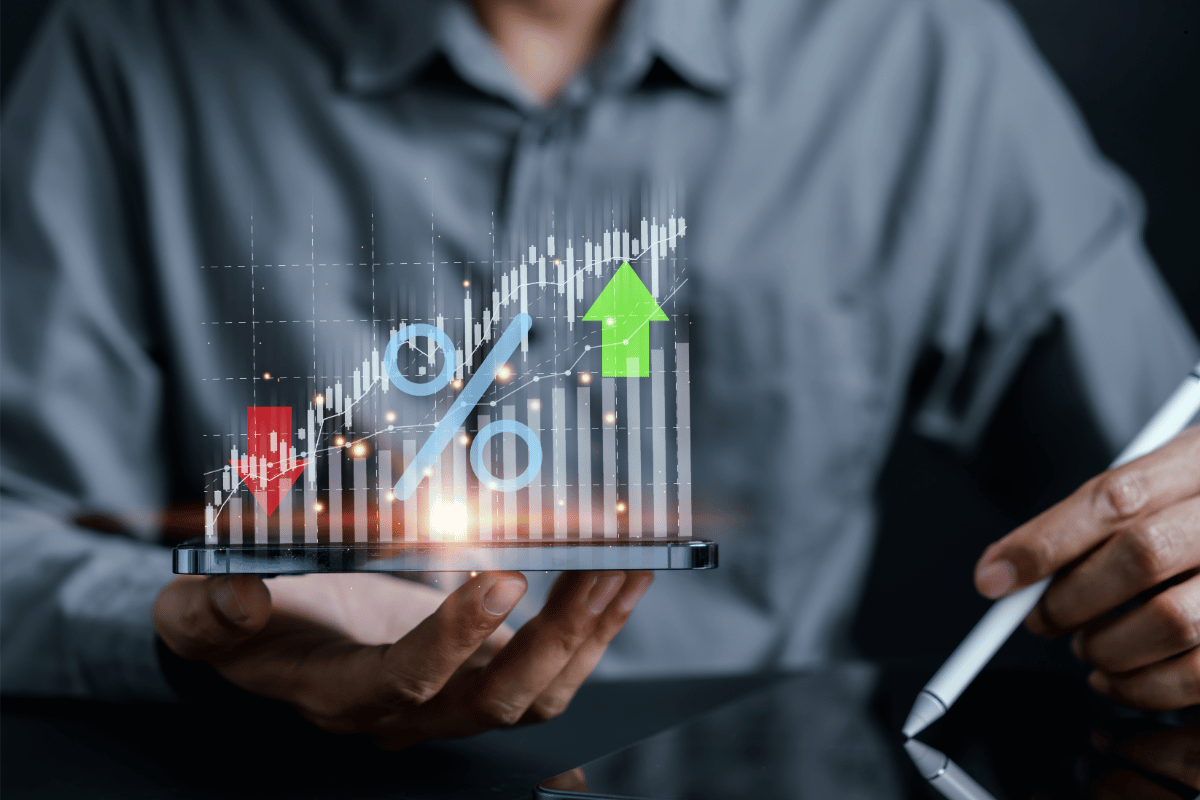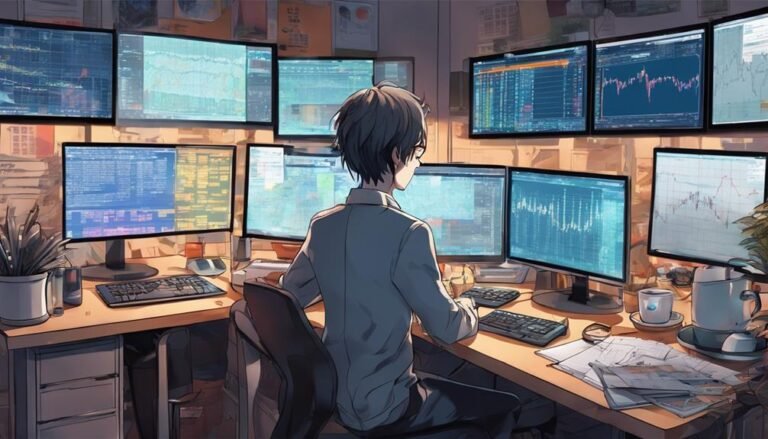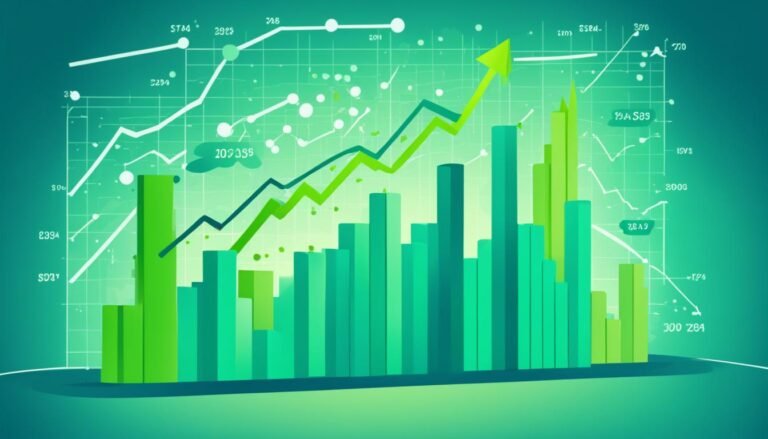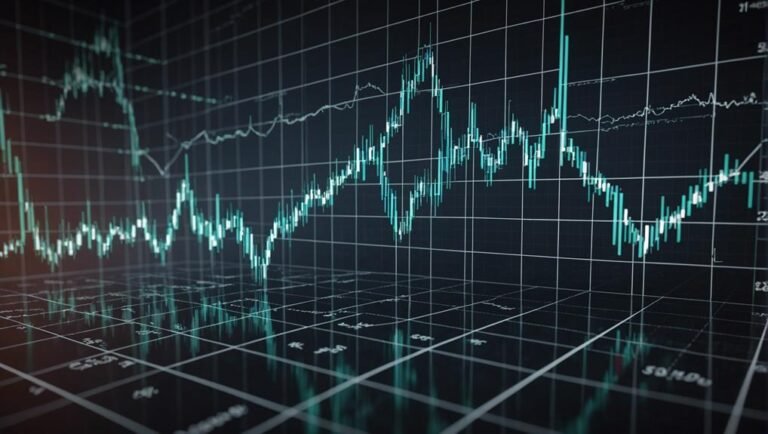Learn the Keys to Making Money in CFD Trading
Traders all over the globe are flocking to Contracts for Difference (CFDs) because they provide a versatile option to bet on different markets without really owning the asset. Although CFD trading offers great potential for profit, being consistently successful demands expertise, self-control, and careful preparation.
Contracts for difference (CFDs) allow traders and brokers to agree to swap the difference between the opening and closing prices of assets. With contracts for difference (CFDs), investors can bet on price movements in either the up or down direction of the market.
Their adaptability is one of the main benefits of CFDs. A wide variety of markets are available to traders, such as Forex, commodities, crypto, etc. If traders want to get the most of CFDs, they need to learn how they function and which markets they cover.
Achieving Success in CFD Trading: Main Elements
A number of important variables, such as managing risk and keeping up with market movements, are crucial to success in CFD trading.
1. Create an Elucidating Trading Strategy
If you want to succeed in the volatile world of contracts for difference (CFDs), you need a trading plan. Your trading objectives and comfort level with risk should be detailed.
- Exchanges and trading methods that are preferred.
- Entry and exit rules for each deal.
- Preventing impulsive decisions and maintaining consistency requires sticking to a well-planned strategy.
2. Embrace a Risk-based Approach
One of the most important aspects of successful CFD trading is effectively managing risk. Protecting capital and avoiding disastrous setbacks are possible when traders establish explicit boundaries on possible losses.
- One important aspect of risk management is the use of stop-loss orders to limit losses.
- Staying away from loans that have too much debt can make dangers much worse.
- Providing a diversified portfolio by holding a variety of assets.
Gaining Expertise in Technical Analysis
When used to market data from the past, technical analysis is a potent instrument for making predictions about the future. If they want to find profitable possibilities in CFD trading, they must master this discipline.
Crude oil futures trading essential indicators:
- Averages across time: Smooth out price swings to identify trends.
- One way to measure market momentum and spot overbought or oversold situations is via the Relative Strength Index (RSI).
- Bollinger Bands: Signal times of extreme price swings and possible market breakouts.
Traders can have a better understanding of the market and make better decisions when they use several indicators.
Exploring Leverage in Contracts for Difference Trading
The ability to hold larger positions with a lesser amount of cash is a defining element of CFD trading, which is made possible via leverage. Leverage is a double-edged sword because it can raise earnings but also increases losses.
Using leverage effectively:
- As a beginner, it is recommended to start with low leverage ratios.
- Before getting into a deal, you should always figure out how leverage could affect your portfolio.
- Keep an eye on your margin levels to prevent forced liquidations and margin calls.
Traders can take advantage of opportunities without taking undue risks when they use leverage correctly.
Keeping Up with Current Market Trends
Keeping up with the latest news is essential in the dynamic world of CFD trading. Economic data, geopolitical events, and central bank policies are some of the elements that impact markets.
One practical method to stay informed is to follow financial news outlets. The use of economic calendars to keep tabs on important announcements, such as changes to interest rates and employment data. Taking advantage of trading platforms that provide tools for market analysis and real-time data. In order to take advantage of fresh possibilities and adjust their methods to changing market conditions, traders need to be one step ahead of the curve.
Typical Errors in CFD Trading and How to Avoid Them
Despite the high potential of CFD trading, many traders fail because they make the same mistakes.
- Excessive trading. You risk emotional weariness and needless losses if you place too many deals quickly.
- Disregarding risk assessment. Catastrophic losses can occur if stop-loss orders are not set or if leverage is excessive.
- Market pursuit. Poorly executed trades are common results of responding impulsively to price changes.
To stay away from these pitfalls, you need to be patient, disciplined, and dedicated to learning new things.
Why Your Mental State Matters When Trading CFDs
The significance of trading psychology in determining success is crucial. Irrational decisions can be made when emotions like greed and fear obscure one’s judgment. If you want to make it through the roller coaster ride of CFD trading, you need to work on your emotional resilience and keep your cool.
It is important to keep your emotions in check when trading, particularly in a market that can be so unpredictable. Maintaining focus on your trading approach is critical, especially when market conditions are unpredictable. To prevent making hasty judgments prompted by a need to get back on your feet too soon after suffering a major setback, it may be helpful to take a pause.
Rewarding yourself for even the smallest successes can go a long way toward keeping you motivated and optimistic.
For traders who are well-prepared mentally, technically, and academically, CFD trading presents enormous opportunities. The keys to successful CFD trading include creating a detailed trading plan, being an expert in technical analysis, and making risk management a top priority.
Keep in mind that being a good CFD trader demands perseverance, self-control, and ongoing education. It is possible to succeed in trading in today’s complex global markets with hard work and a well-thought-out plan.







